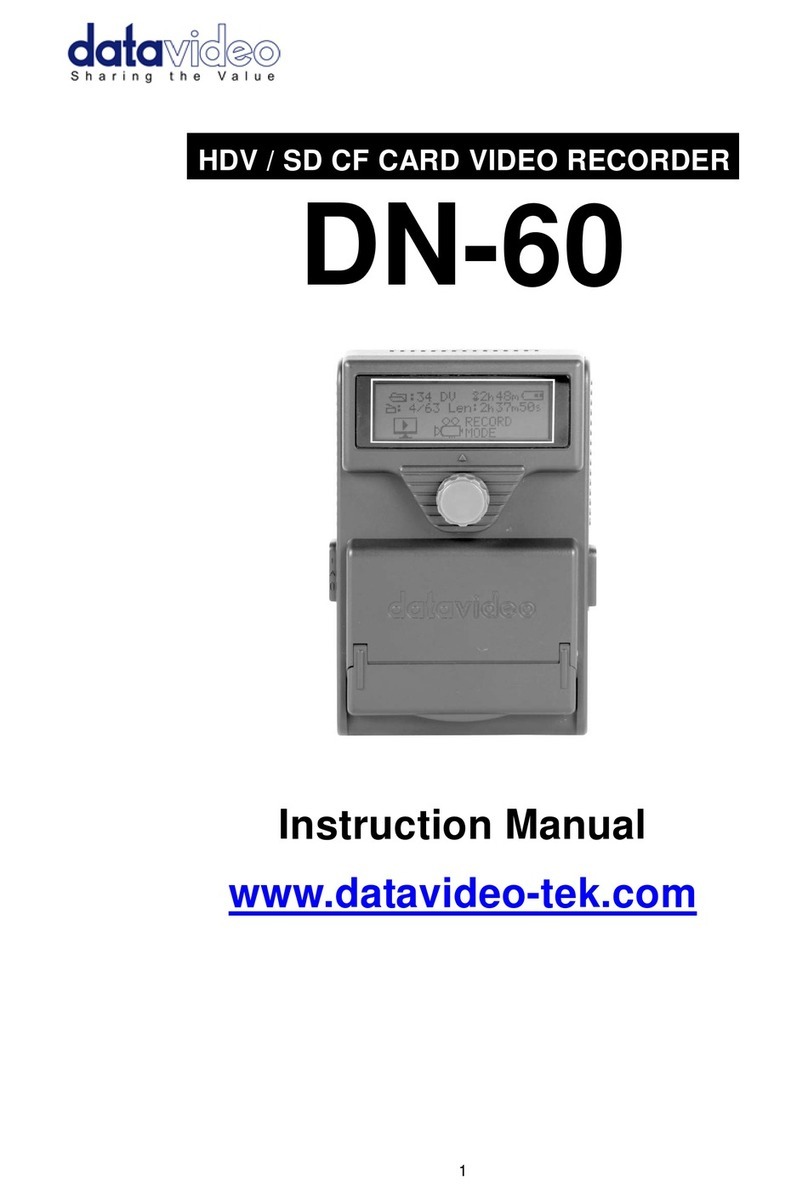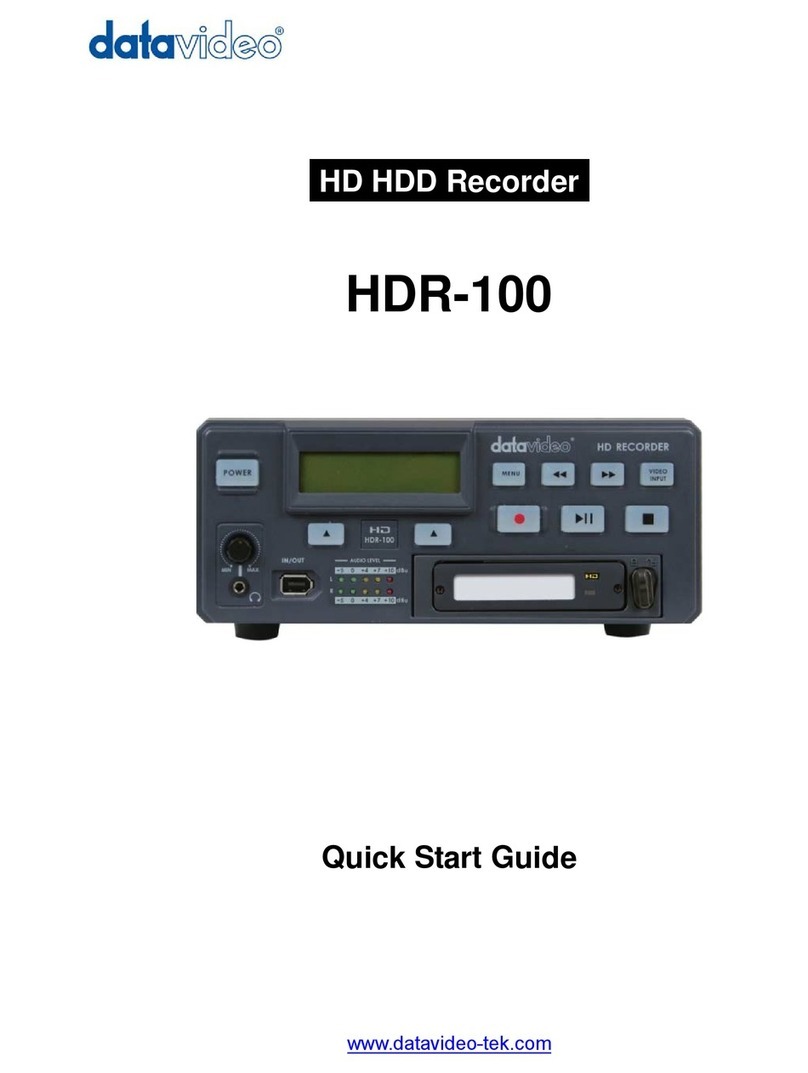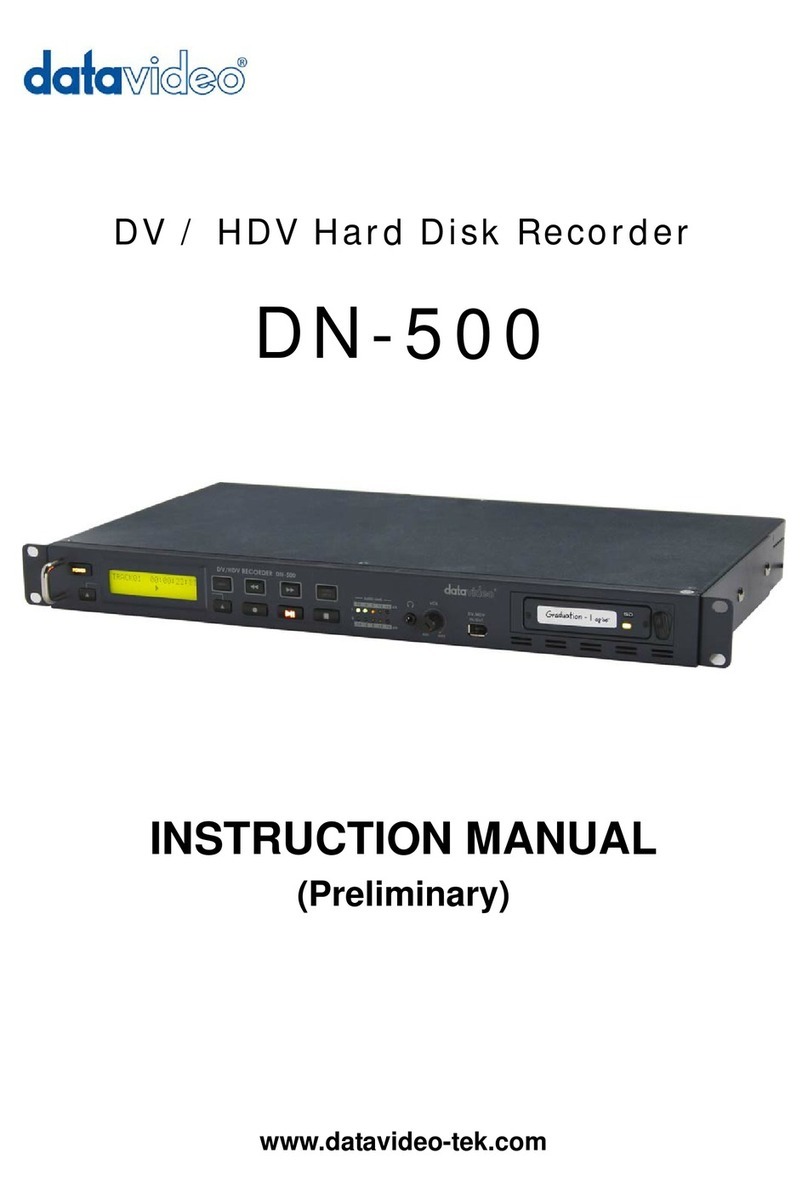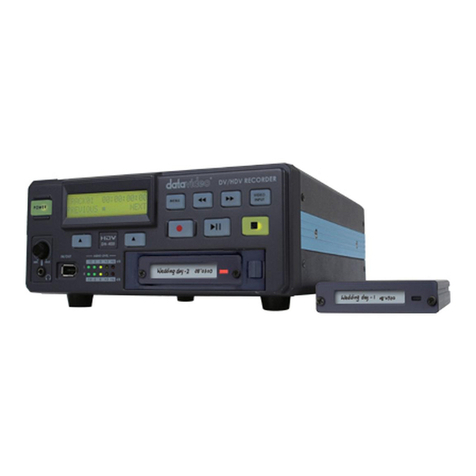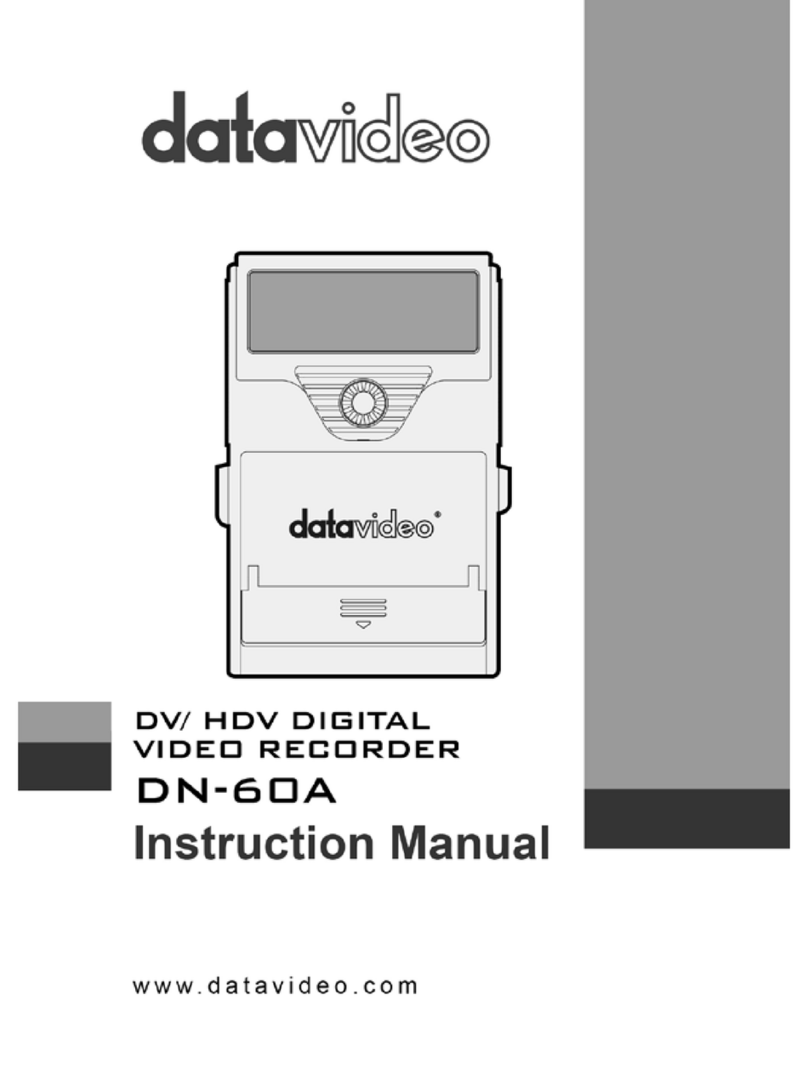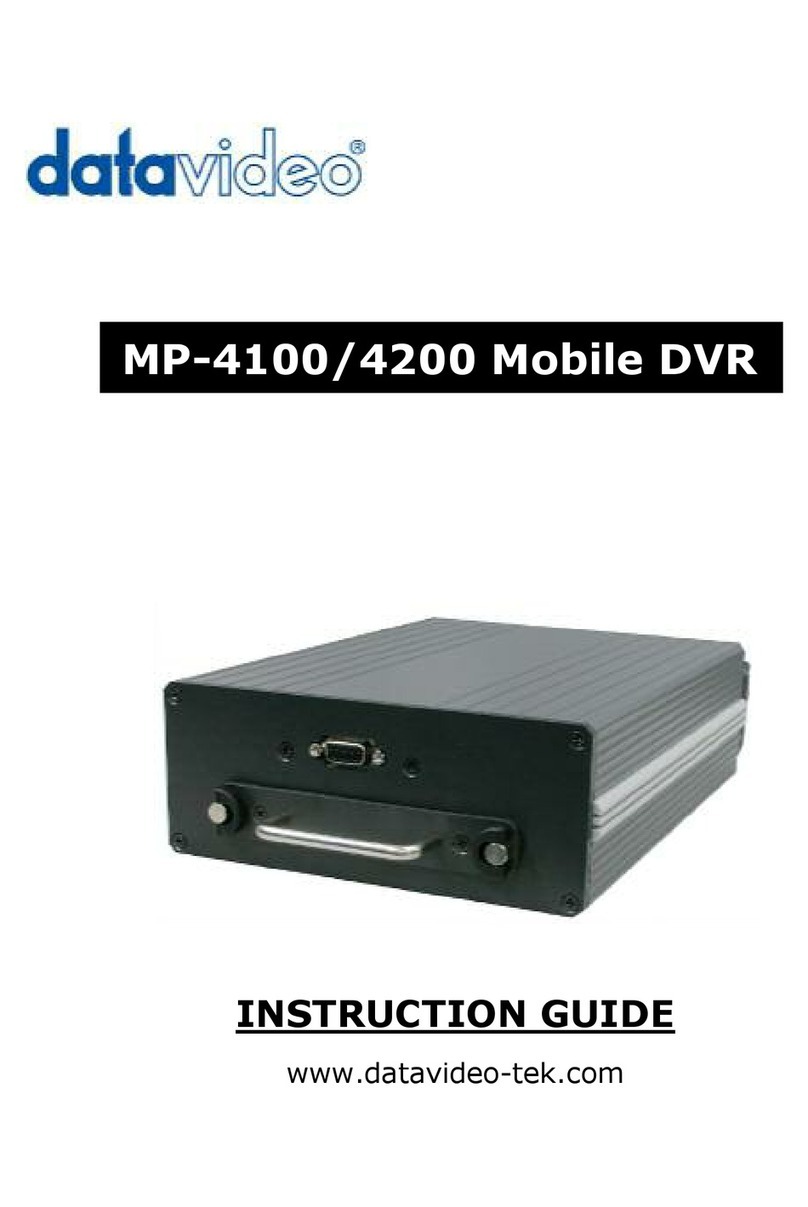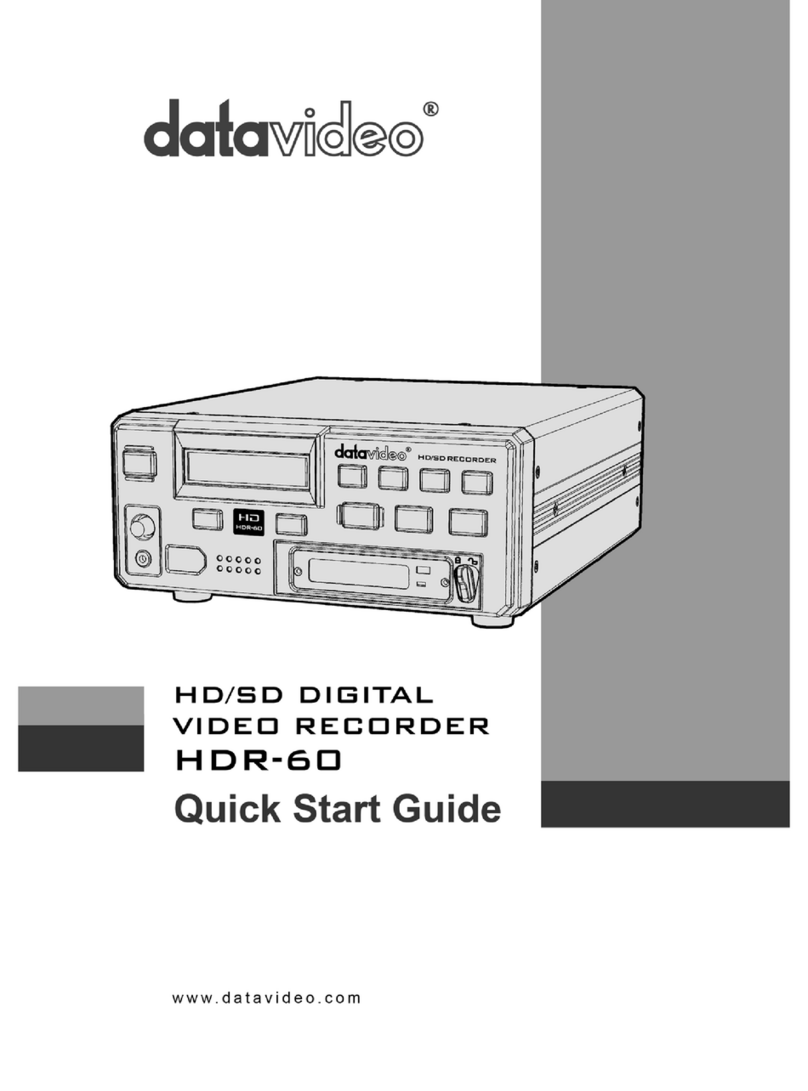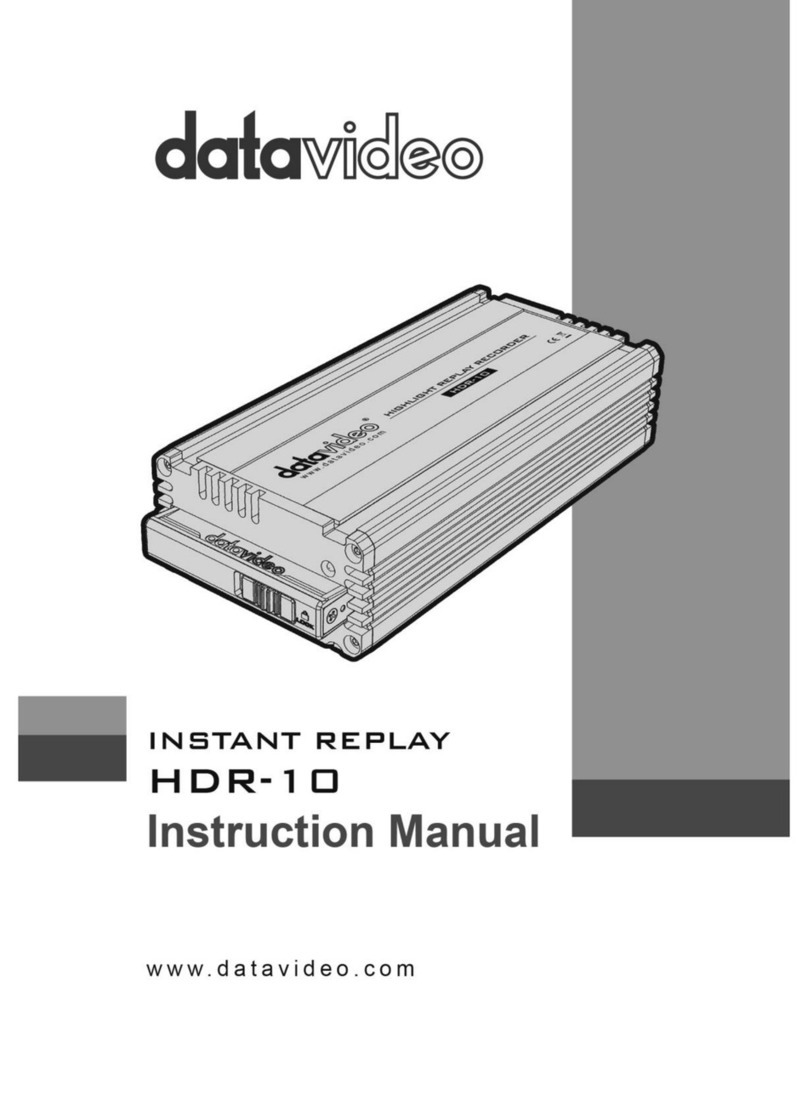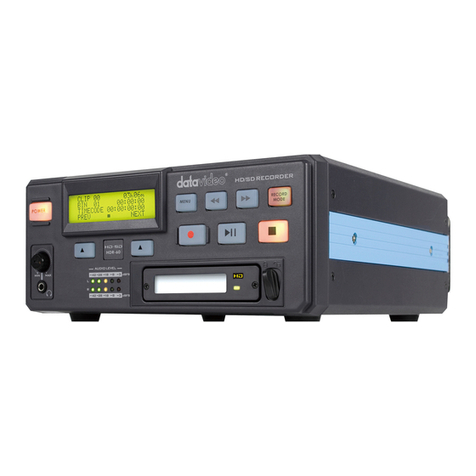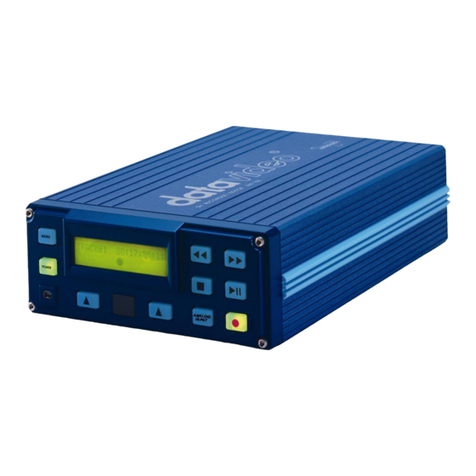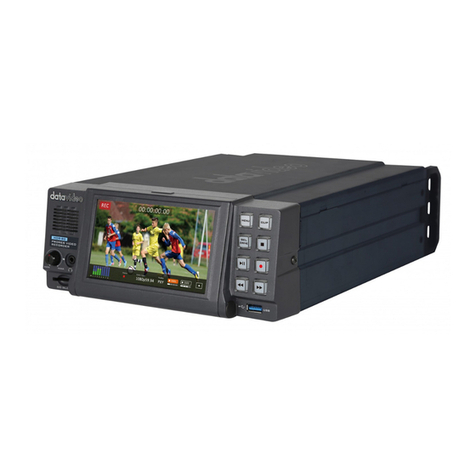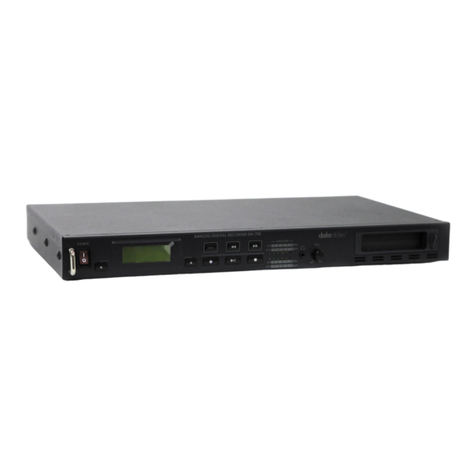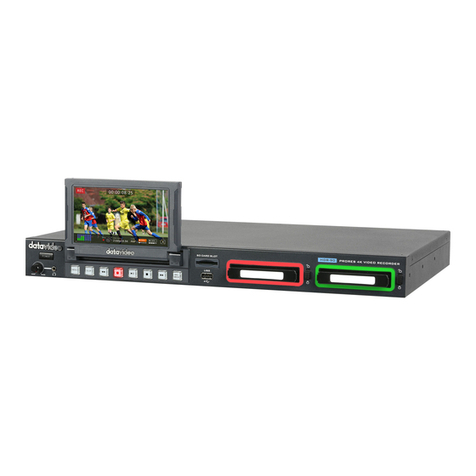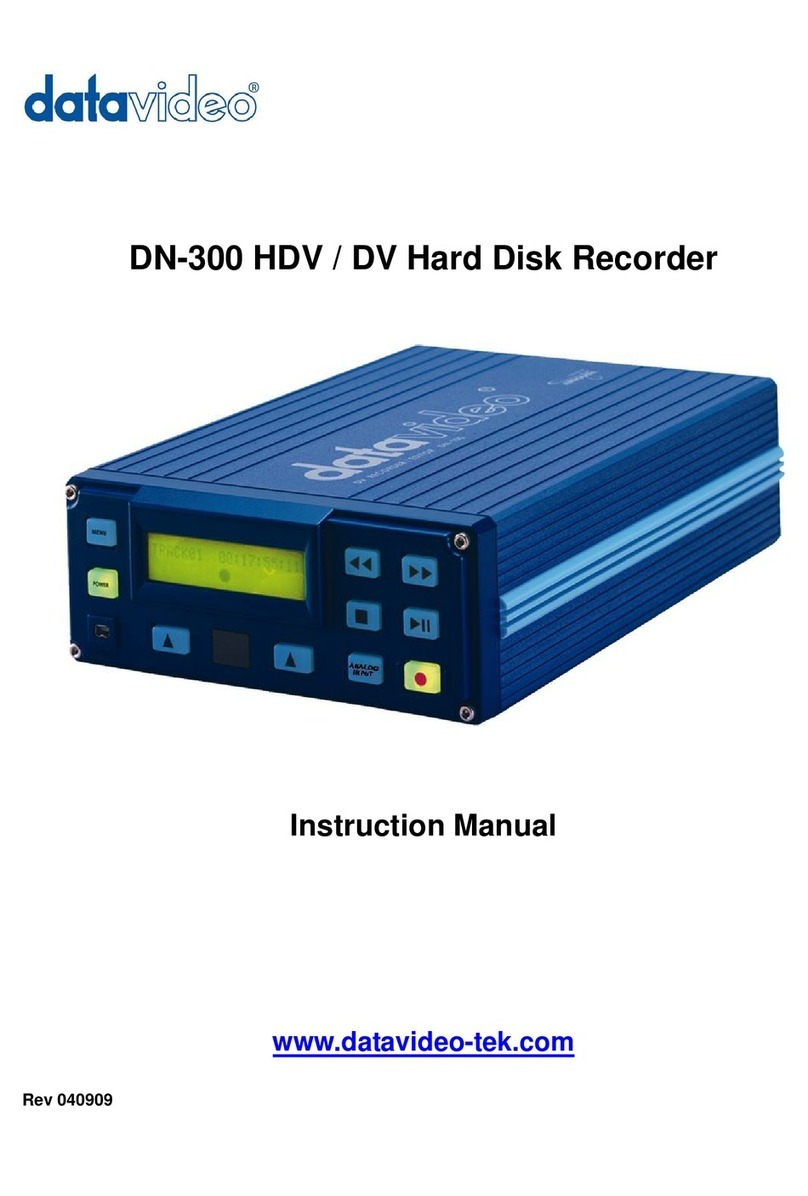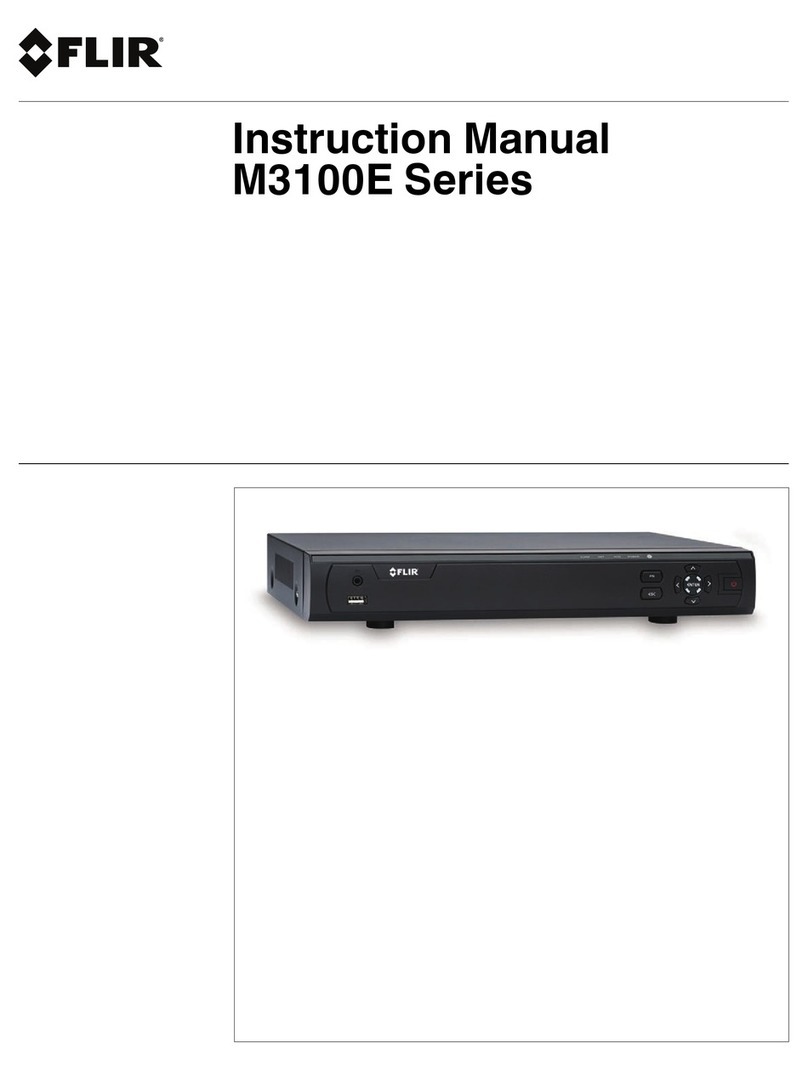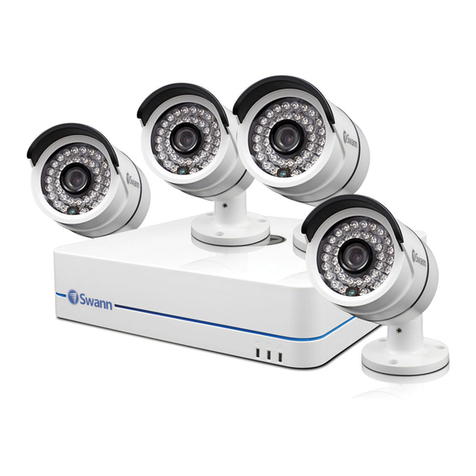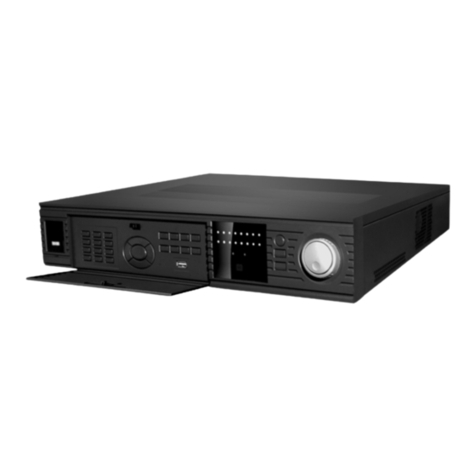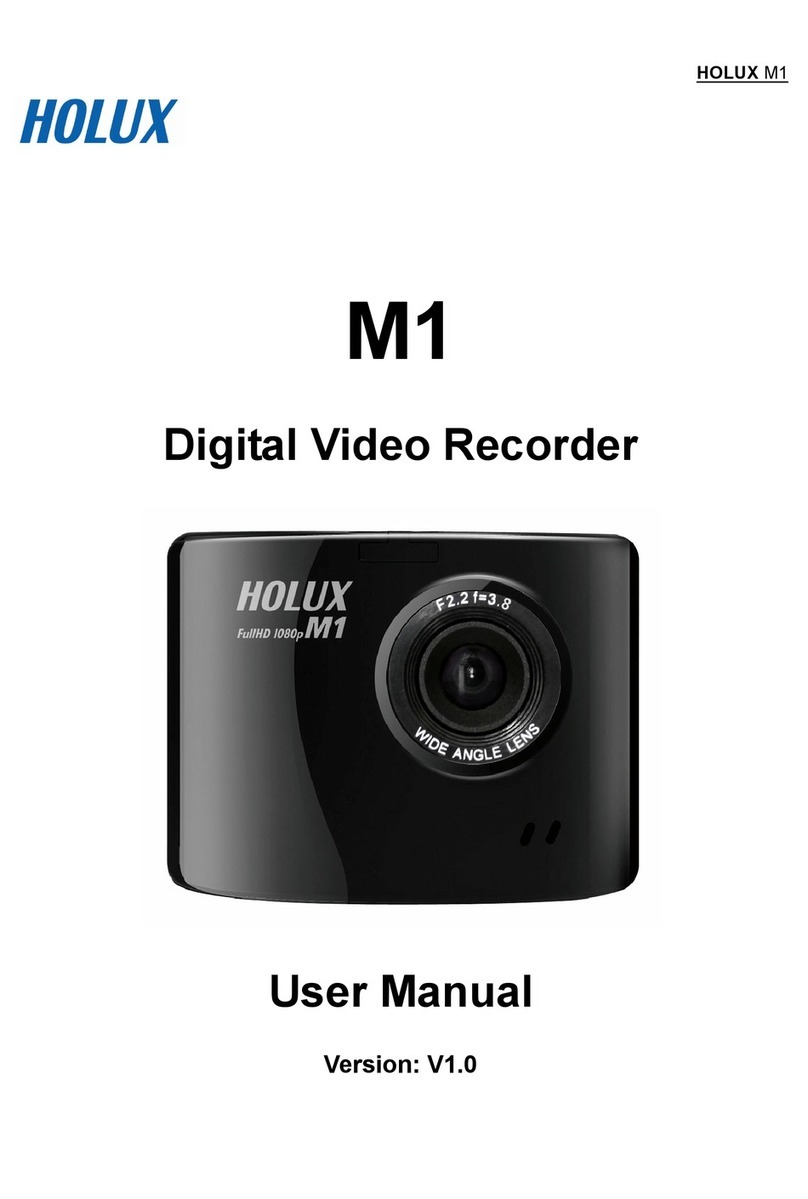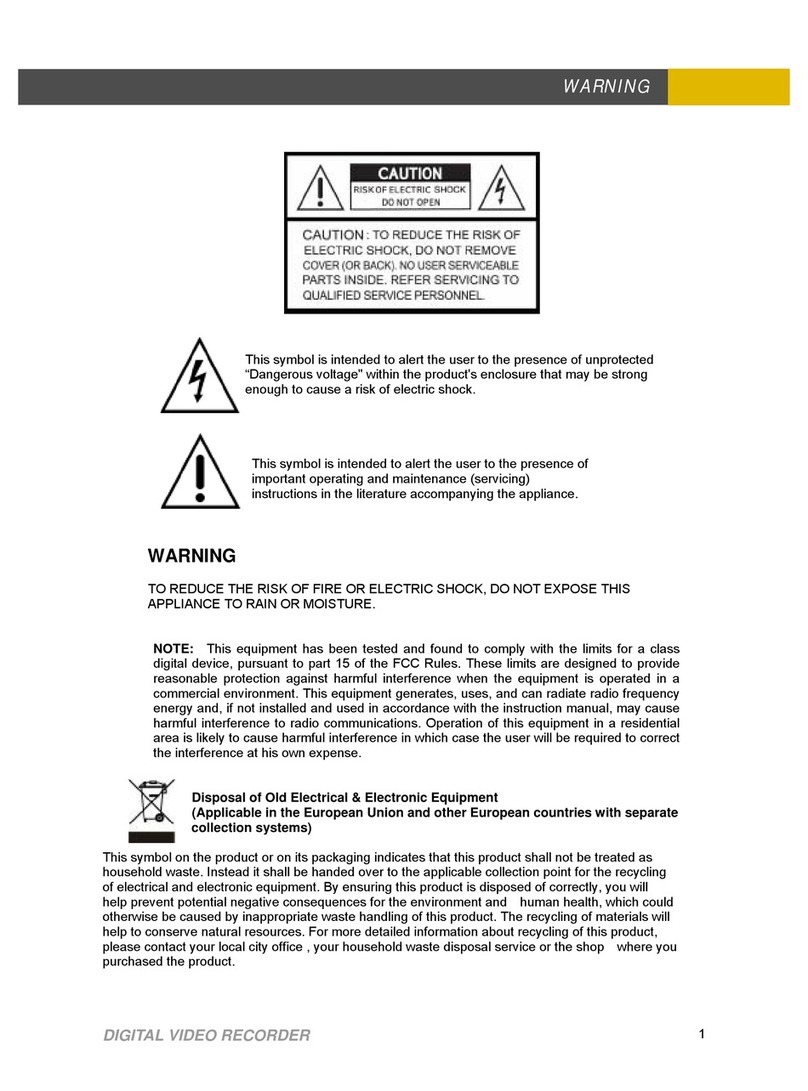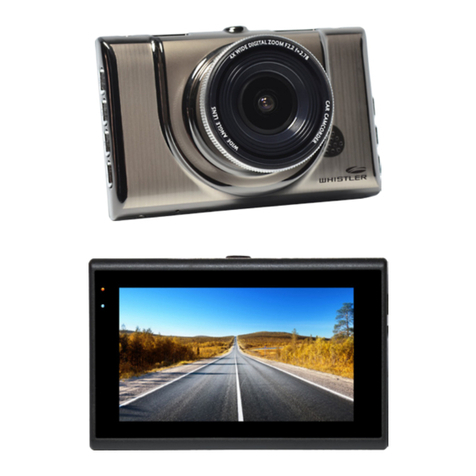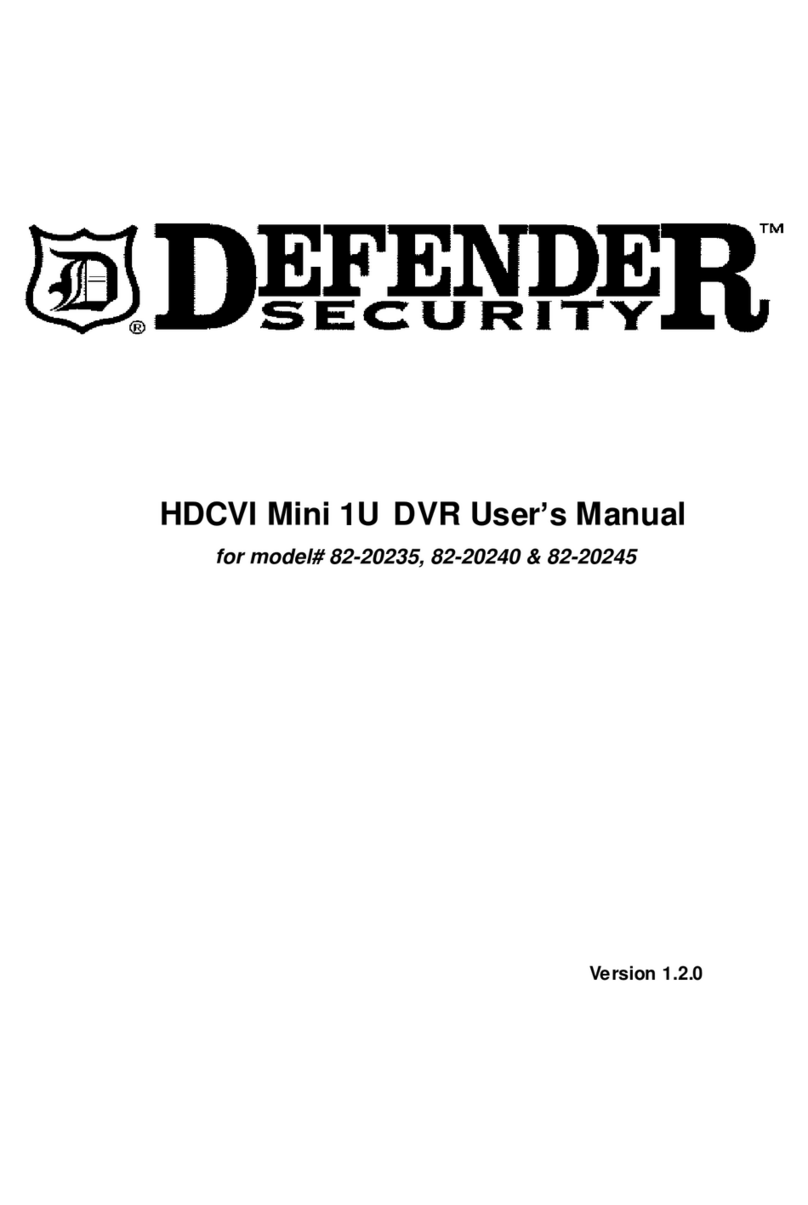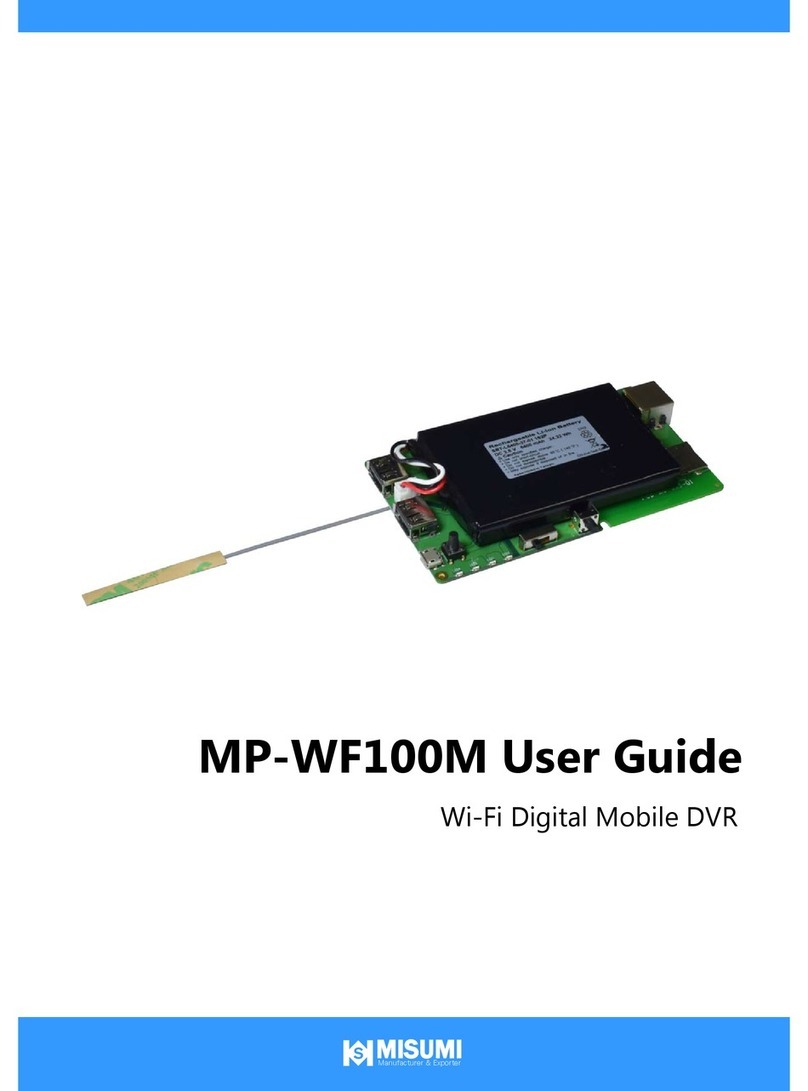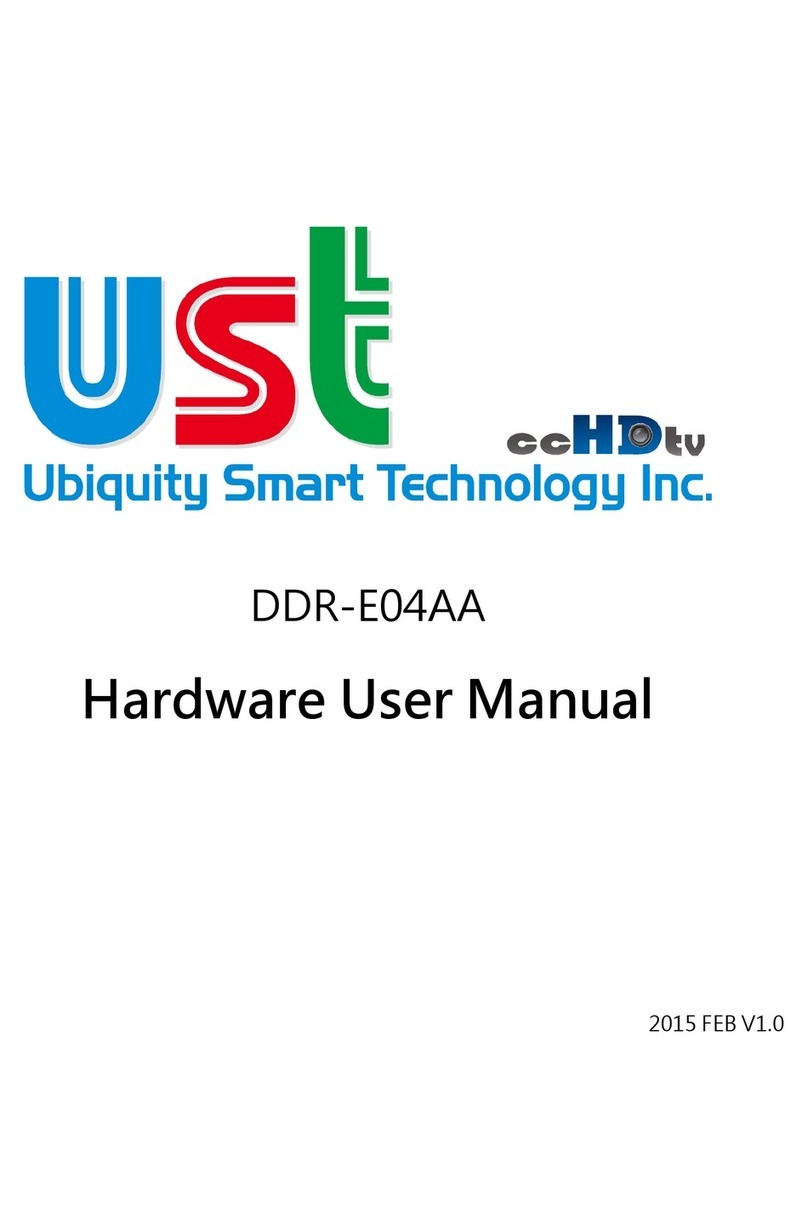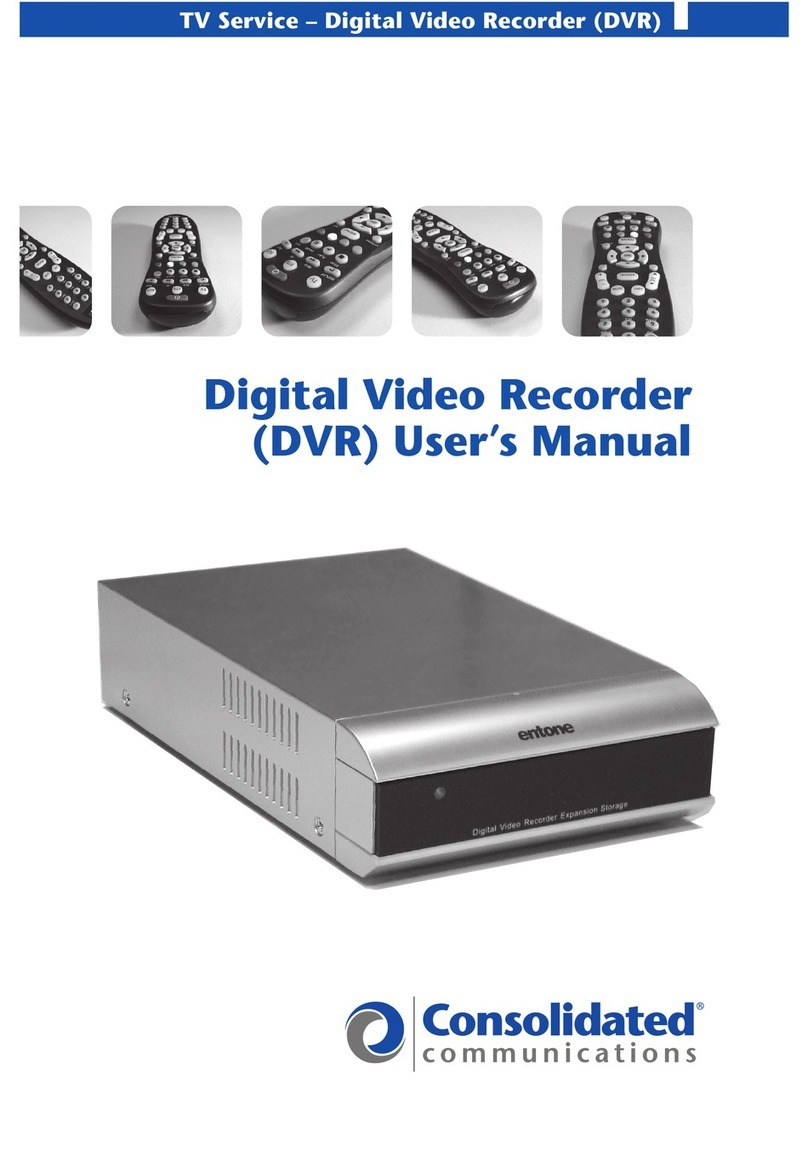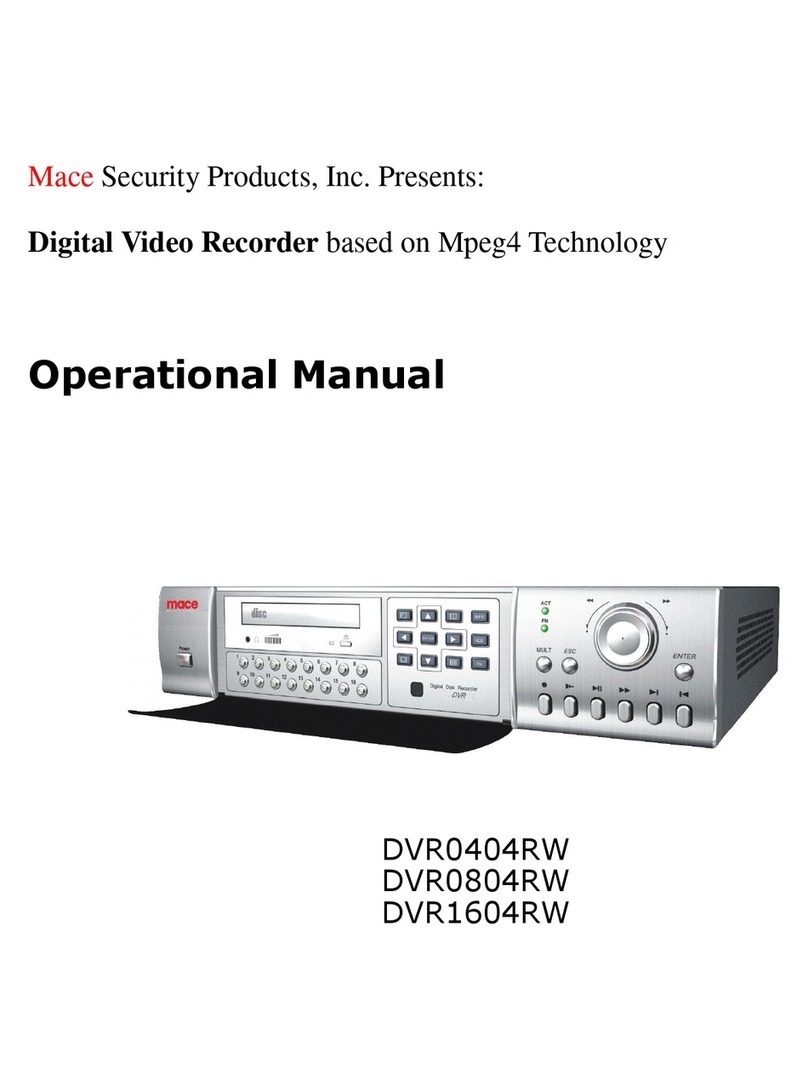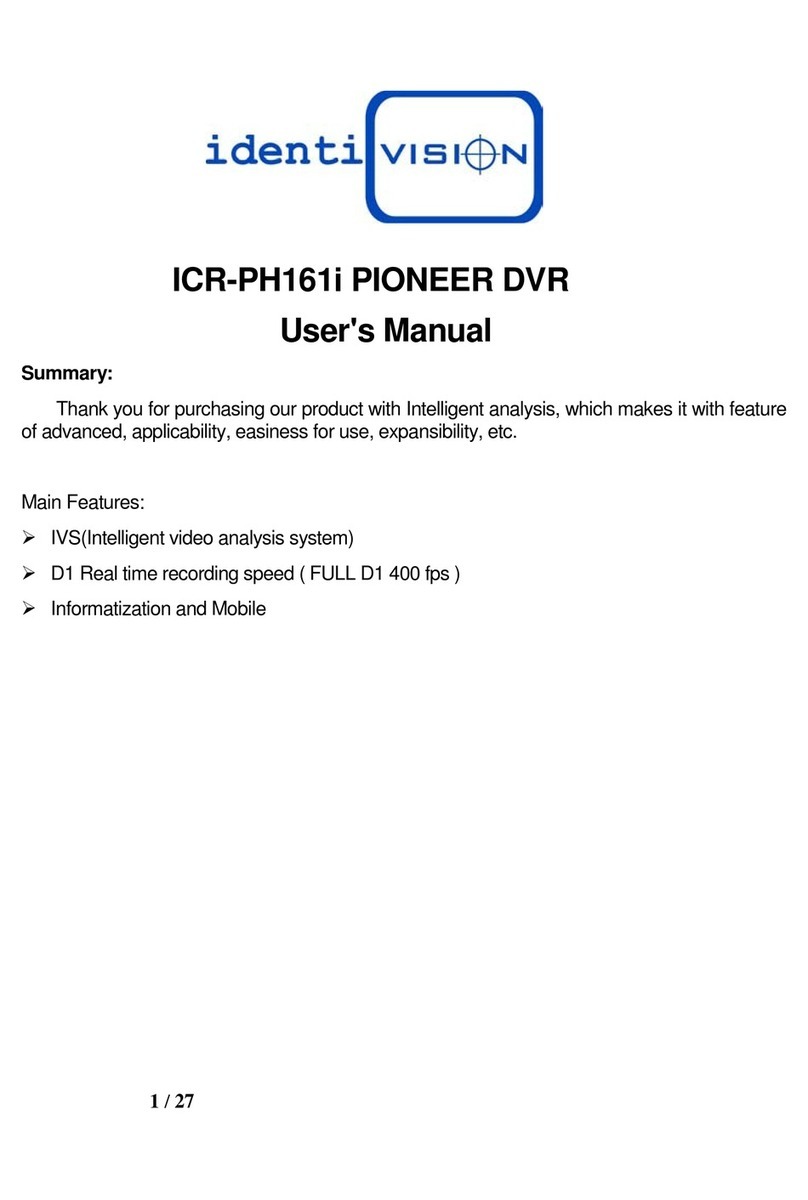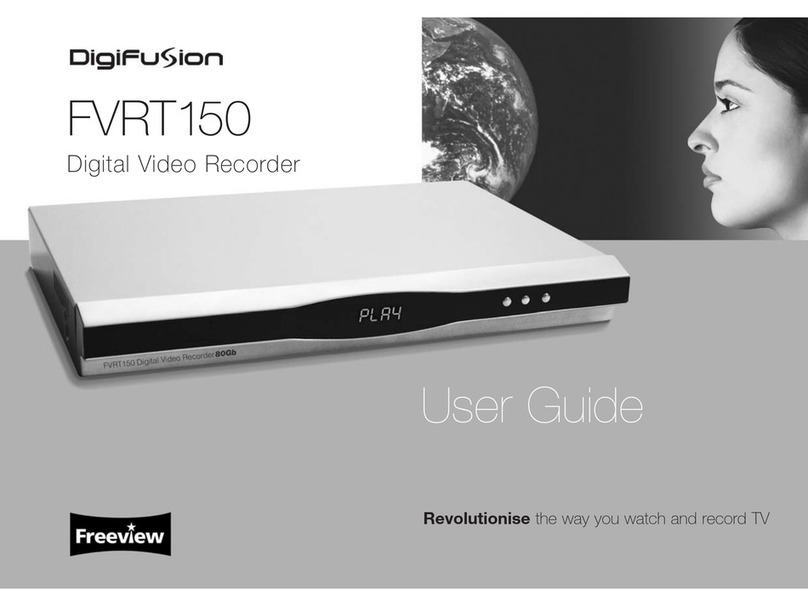4
Warnings and Precautions
1. Read all of these warnings and save them for later reference.
2. Follow all warnings and instructions marked on this unit.
3. Unplug this unit from the wall outlet before cleaning. Do not use liquid or aerosol cleaners.
Use a slightly damp cloth for cleaning.
4. Do not use this unit in or near water.
5. Do not place this unit on an unstable surface, cart, stand, or table. The unit may fall,
causing serious damage.
6. Any slots and openings on the case top, back, and bottom are provided for ventilation. To
ensure safe and reliable operation of this unit, and to protect it from overheating, do not
block or cover these openings. Do not place this unit on a bed, sofa, rug, or similar
surface, as the ventilation openings may become blocked. This unit should never be
placed near or over a heat source or radiator. This unit should not be placed in a built-in
installation unless proper ventilation is provided.
7. This product should only be operated from the type of power source indicated on the
marking label of the AC adapter. If you are not sure of the type of power available, consult
your Datavideo dealer or your local power company.
8. Do not allow anything to rest on the power cord. Do not locate this unit where the power
cord will be walked on, rolled over, damaged or otherwise stressed.
9. If an extension cord must be used with this unit, make sure that the total of the ampere
ratings on the products plugged into the extension cord do not exceed the extension
cord’s rating.
10. Make sure that the total amperes of all the units that are plugged into a single wall outlet
do not exceed 15 amperes.
11. Never push objects of any kind into this unit through the case ventilation slots, as they
may touch dangerous voltage points or short out parts that could result in risk of fire or
electric shock. Never spill liquid of any kind onto or into this unit.
12. Except as specifically explained elsewhere in this manual, do not attempt to service this
product yourself. Opening or removing covers that are marked “Do Not Remove” may
expose you to dangerous voltage points or other risks, and will void your warranty. Refer
all service issues to qualified service personnel.
13. Unplug this product from the wall outlet and refer to qualified service personnel under the
following conditions:
a. When the power cord is damaged or frayed;
b. When liquid has spilled into the unit;
c. When the product has been exposed to rain or water;
d. When the product does not operate normally under normal operating
conditions. Adjust only those controls that are covered by the operating
instructions in this manual; improper adjustment of other controls may
result in damage to the unit and may often require extensive work by a
qualified technician to restore the unit to normal operation;
e. When the product has been dropped or the case has been damaged;
f. When the product exhibits a distinct change in performance, indicating a
need for service.
Care must be taken when connecting a 6pin DV/IEEE-1394 cable into the DN-60 when the other end is
already connected to a computer. Do not attempt to insert the connector backwards as DC power from
the computer is present on the cable and can damage the receiver circuits in the DN-60.
Use the supplied power adaptor to power the unit reliably. Alternatively use a charger specifically
designed to charge the rechargeable AA batteries in use. The DN-60 unit can accept voltages of 6 to 24
volts (Max) via its centre positive DC input.
Please choose to switch power sources or insert 4 fresh AA batteries before extended use. Switching
between internal battery and external power (or vice versa) may cause the unit to restart and thus
interrupt the normal Record or Playback operation already in progress.
